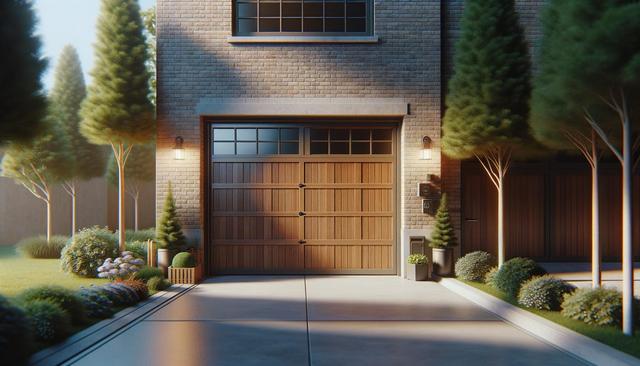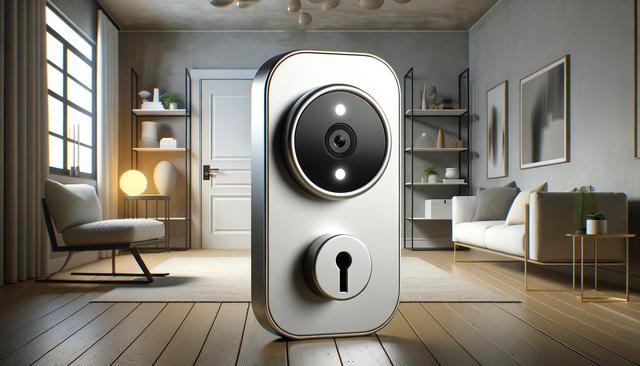Understanding the Different Types of Garage Doors
Garage doors come in a variety of styles and materials, each catering to different needs and preferences. The most common types include sectional, roll-up, side-hinged, and tilt-up canopy doors. Sectional doors are perhaps the most popular due to their space-saving design and ease of use. Roll-up doors, typically seen in commercial settings, are known for their durability and compact operation. Side-hinged doors offer a traditional aesthetic, while tilt-up canopy styles provide a simple, single-panel option that swings outward before lifting.
When choosing a garage door, consider factors such as the available space, frequency of use, and the architectural style of your home. Materials also play a critical role in functionality and longevity. Common options include:
- Steel – durable and low maintenance
- Wood – offers a classic look but requires regular upkeep
- Aluminum – lightweight and resistant to rust
- Fiberglass – resists dents and can mimic wood grain
Each type and material brings its own set of advantages, making it important to assess your specific needs before making a selection.
Insulation and Energy Efficiency
Insulation is a key factor in garage door performance, especially for attached garages. A well-insulated garage door helps regulate temperature, reduce energy costs, and increase comfort. Insulated doors are typically constructed with a core material such as polystyrene or polyurethane, sandwiched between steel or aluminum panels.
The benefits of an insulated garage door include:
- Improved energy efficiency in adjacent living spaces
- Noise reduction from outside or within the garage
- Enhanced durability and strength
When evaluating insulation, look for the R-value, which measures thermal resistance. Higher R-values indicate better insulating properties. While insulated doors may come at a higher initial cost, they often lead to savings in the long run through reduced heating and cooling expenses.
Security and Safety Features
Modern garage doors are equipped with features that enhance both security and safety. With garages often serving as secondary entrances to homes, securing this access point is essential. Many doors now offer advanced locking mechanisms, motion sensors, and compatibility with smart home technology.
Safety features also play a significant role, particularly for families with children or pets. These may include:
- Auto-reverse sensors that stop the door if an object is detected
- Manual release cords for emergencies
- Pinch-resistant panels to prevent injuries
Upgrading to a door with robust security and safety features can provide peace of mind and reduce the risk of accidents or unauthorized access.
Garage Door Maintenance and Troubleshooting
Regular maintenance is crucial for the longevity and performance of your garage door. While many modern systems are designed for durability, neglect can lead to mechanical failures or safety risks. A basic maintenance routine should include inspecting hardware, lubricating moving parts, and checking the balance of the door.
Common issues that homeowners may encounter include:
- Noisy operation – often resolved by tightening hardware or applying lubricant
- Door not opening/closing – could be due to sensor alignment or motor issues
- Slow response time – may require remote or opener troubleshooting
While some problems can be addressed with simple DIY fixes, others may require professional repair services. Scheduling annual inspections can help detect and resolve issues before they escalate, ensuring your door remains reliable and safe.
Style and Curb Appeal Considerations
The visual impact of a garage door should not be underestimated, especially since it often occupies a substantial portion of the home’s exterior. Choosing a design that complements your home’s architecture can greatly enhance its overall appearance. Options range from minimalist modern styles to more traditional carriage-house designs, with customizable features such as window inserts, decorative hardware, and color finishes.
When selecting a garage door for aesthetic appeal, consider:
- The color palette of your home’s exterior
- Architectural elements like trim and roofline
- Material textures that match or contrast with siding
Many manufacturers offer design tools that allow you to visualize different styles on your home, helping you make a more informed decision. Investing in a visually appealing garage door can boost property value and make a lasting impression on visitors and potential buyers.
Conclusion: Making Informed Decisions About Garage Doors
Choosing the right garage door involves balancing functionality, security, style, and energy efficiency. Whether you’re installing a new door or upgrading an existing one, understanding the available options and maintenance requirements can help you make a choice that meets your needs in the long term. With thoughtful planning and regular upkeep, a garage door can serve as a reliable, attractive, and efficient feature of your home for years to come.


